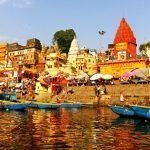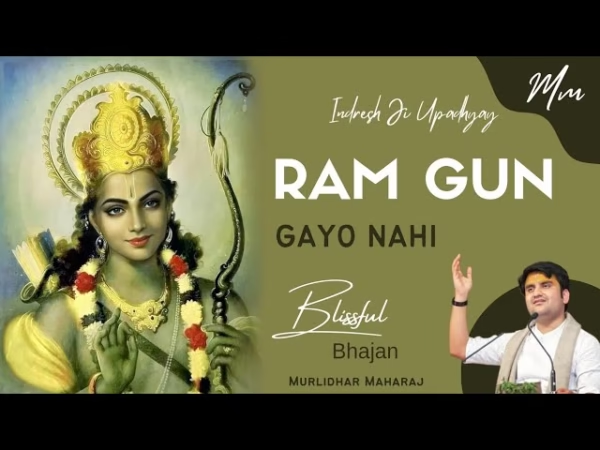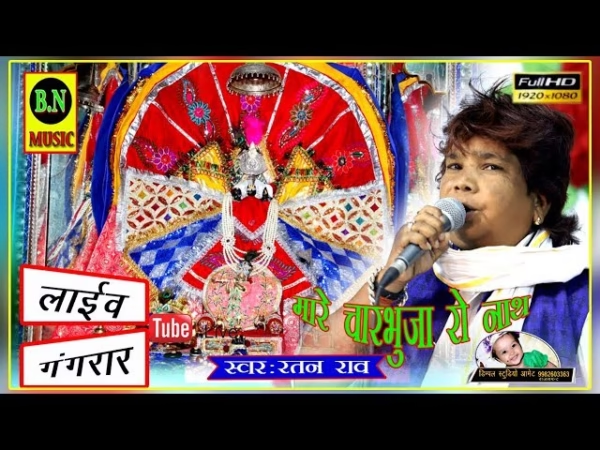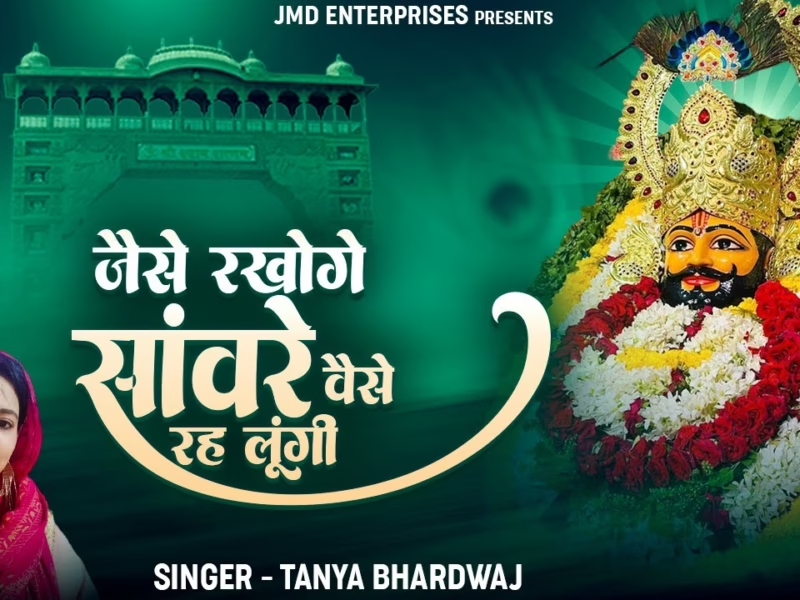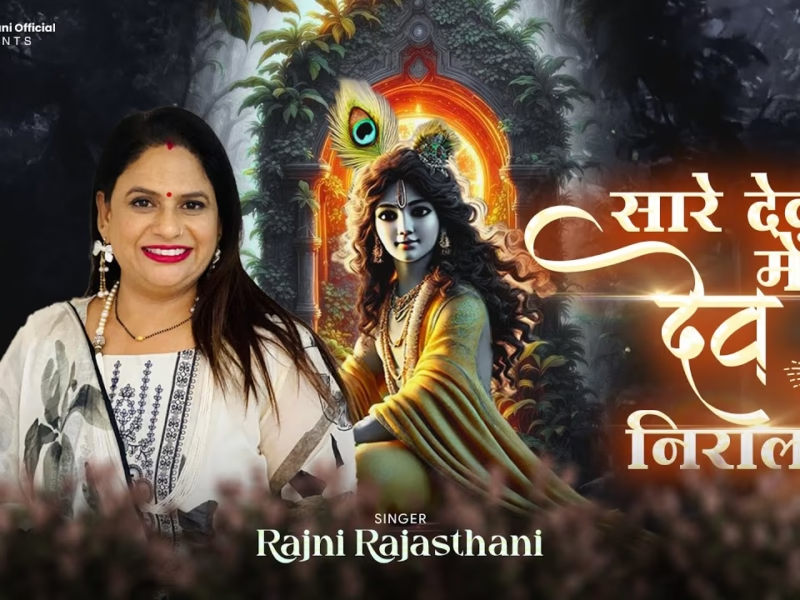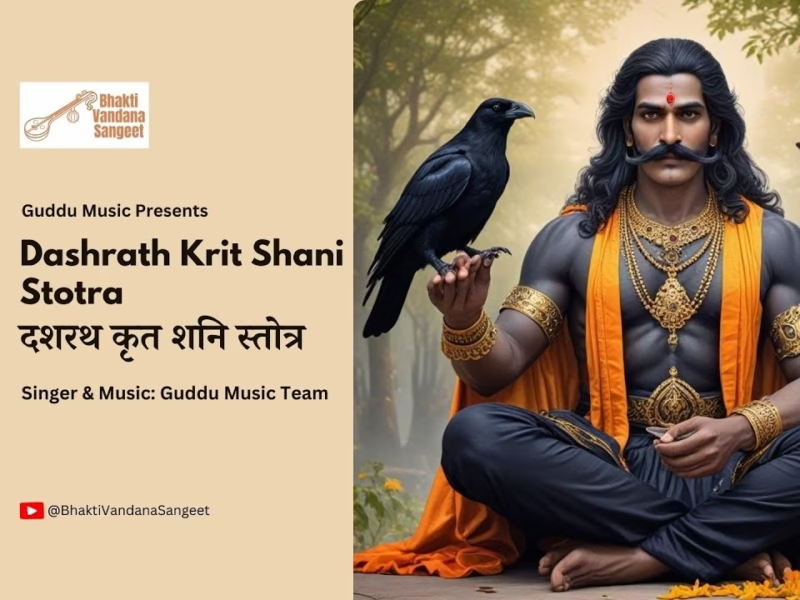Contents
Vishweshwar Vishwanath Temple, Varanasi
| Date built: | 1780 by Maharani Ahilyabai Holkar |
|---|---|
| Deity: | Vishweshwar Vishwanath |
| Architectural style: | Hindu Temple architecture |
| Major festivals | Mahashivratri |
| Locale: | Varanasi |
| District:: | Varanasi |
| Address: | Lahori Tola, Varanasi, Uttar Pradesh 221001 |
| Phone | 0542 239 2629 |
Vishweshwar Temple also known as Vishwanath Temple is one of the twelve Jyotirlingas. This temple finds mention in various religious texts like Kashi Khand, Shiv Puran etc. According to Kashi Khand, the name of this temple was Moksh Lakshmi Vilas temple which contained five mandaps of which the main mandap was Garbha Griha (Sanctum Sanctorum) where the Vishweshwar Ling was worshipped. Vishweshwar Ling is Swayambhu Ling.
In the South, there was Mukti Mandap, in the West Shringar Mandap, in the North Aishwarya Mandap and in the East Gyan Mandap. According to Kashi Khand (Chapter 99) Lord Shiva and Goddess Parvaty visited the Mukti Mandap alongwith Devas wherefrom they went and sat in Shringar Mandap, facing east. Here, Lord Shiva described the greatness of Vishweshwar Ling as under :-
“By touching the Vishweshwar Ling and praying, the devotee is free from all sins accumulated over past two generations.” In many temples all over India, devotees are not allowed to enter Sanctum Sanctorum. However, they are allowed at Vishwanath Temple in Kashi.
“A devotee who, with pure devotion, pours holy water on the Linga and offers just one flower to Lord Vishweshwar, gets the blessings equivalent to performing a pooja with hundreds of Golden Flowers.”
When Lord Shiva was narrating the greatness, he was accompanied by Lord Indra on one side and seven great rishis were surrounding him. (Kashi Khand, Chapter 99, para 5).” Even today, seven poojaries (believed to be the descendents of the great seven rishis) perform a daily pooja at Vishwanatha Temple at around 7-7.30 p.m., known as Sapta Rishi Pooja/Aarti. As on date devotees can see video clippings of this Aarti at www.shrikashivishwanath.org. However, devotees who visit Kashi must make it a point to participate in this Holy ritual and it is certain that they will like the Aarti to their utmost satisfaction.
There are various types of Poojas and rituals prescribed in ancient texts like Kashi Khand, Padma Puran, Linga Puran etc. but considering the present environs it may not be possible for any person to follow the steps mentioned in the above texts. It is believed that taking a dip in the Holy Ganges at Manikarnika Ghat and having darshan at Vishwanath Temple will cleanse all sins of a person.
The greatness of Visweshwar (Vishwanath) has been described amply in Kashi Khand in several places in several chapters and if an attempt is made to reproduce the same here, it may consume much space. However, it is sufficient to say that Vishwanath temple is highly revered and worshipped by several devotees not only from all over India but all over the world.
Every year on the day after Deepavali Amavasya, 56 Bhog Annakoot Shringar is done at Vishwanath Temple and this attracts devotees from all over the world. It is believed that having darshan of this beholding sight will prevent shortage of food at our house.
Architecture
 Statue of Maharani Ahilyabai Holkar. Oldest Kashi Vishwanath Temple was built in 100 BCE by Maharani Ahilyabai Holkar which was destroyed by Muslim rulers in 1193 first time. And Last time by Aurngazeb in 1669.
Statue of Maharani Ahilyabai Holkar. Oldest Kashi Vishwanath Temple was built in 100 BCE by Maharani Ahilyabai Holkar which was destroyed by Muslim rulers in 1193 first time. And Last time by Aurngazeb in 1669.
The temple complex consists of a series of smaller shrines, located in a small lane called the Vishwanatha Galli, near the river. The linga of the main deity at the shrine is 60 cm tall and 90 cm in circumference housed in a silver altar. The main temple is quadrangle and is surrounded by shrines of other gods. There are small temples for Kaalbhairav, Dhandapani, Avimukteshwara, Vishnu, Vinayaka, Sanishwara, Virupaksha and Virupaksh Gauri in the complex. There is a small well in the temple called the Jnana Vapi also spelled as Gyaan vapi (the wisdom well). The Jnana Vapi well sites to the north of the main temple and it is believed that the Jyotirlinga was hidden in the well to protect it at the time of invasion. It is said that the main priest of the temple jumped in the well with the Shiv Ling in order to protect the Jyotirlinga from invaders.
According to the structure of the temple, there is a Sabha Griha or Congregation Hall leading to the inner Garbha Griha or Sanctum Sanctorum. The venerable Jyotirlinga is a dark brown colored stone which is enshrined in the Sanctum, placed on a silver platform. Structure of the Mandir is composed of three parts. The first compromises a spire on the Mandir of Lord Vishwanath or Mahadeva. The second is gold dome and the third is the gold spire atop Lord Vishwanath carrying a flag and a trident.
The Kashi Vishwanath temple receives around 3,000 visitors every day. On certain occasions the numbers reach 1,000,000 and more. Noteworthy about the temple is 15.5 metre high gold spire and gold dome. There are three domes each made up of pure gold.
Legend / Local stories
As per Shiva Purana, once Brahma (the Hindu God of creation) and Vishnu (the Hindu God of Harmony) had an argument in terms of supremacy of creation.To test them, Shiva pierced the three worlds as a huge endless pillar of light, the jyotirlinga. Vishnu and Brahma split their ways to downwards and upwards respectively to find the end of the light in either directions. Brahma lied that he found out the end, while Vishnu conceded his defeat. Shiva appeared as a second pillar of light and cursed Brahma that he would have no place in ceremonies while Vishnu would be worshiped till the end of eternity. The jyotirlinga is the supreme partless reality, out of which Shiva partly appears. The jyothirlinga shrines, thus are places where Shiva appeared as a fiery column of light. There are 64 forms of Shiva, not to be confused with Jyotirlingas. Each of the twelve jyothirlinga sites take the name of the presiding deity – each considered different manifestation of Shiva.At all these sites, the primary image is lingam representing the beginningless and endless Stambha pillar, symbolizing the infinite nature of Shiva
The twelve jyothirlinga are Somnath in Gujarat, Mallikarjuna at Srisailam in Andhra Pradesh, Mahakaleswar at Ujjain in Madhya Pradesh, Omkareshwar in Madhya Pradesh, Kedarnath in Himalayas, Bhimashankar in Maharashtra, Viswanath at Varanasi in Uttar Pradesh, Triambakeshwar in Maharashtra, Vaidyanath Jyotirlinga, Deogarh in Deoghar, Jharkhand, Nageswar at Dwarka in Gujarat, Rameshwar at Rameswaram in Tamil Nadu and Grishneshwar at Aurangabad in Maharashtra.
The Manikarnika Ghat on the banks of Ganges near to the Kashi Vishwanath Temple is considered as a Shakti Peetha, a revered place of worship for the Shaktism sect. The Daksha Yaga, a Shaivite literature is considered as an important literature which is the story about the origin of Shakti Peethas
Photo Gallery
How to Reach:
The temple is located at Ck-35/19, Chowk, Varanasi. The narrow lane or Gully approaching the temple is known as Vishwanath Gully. There are three approach lanes one via Dashashwamedh Road, 2nd via Bansphatak and third via Gyanvapi. It is difficult to prescribe the convenient entry point because due to heavy police patrolling, entry points keep changing. During peak rush days like Mondays and other important festivals, the police may regulate the pilgrims through Gyanvapi and the exit point may be through Bansphatak etc. Since the temple is located in deep Gully, it is advisable to visit the temple alongwith a local person or Guide.
Pooja Details
The temple is open almost 24 hours with slight gap of about 1-2 hours. The day begins with Mangla Arti at around 2.30 a.m. to 4.00 A.M. Bhog is at 11.30 to 12.30 noon. Sapta Rishi Pooja is carried out at around 7 to 7.30 p.m. daily followed by Shringar at 9.00 p.m. and Shayan pooja at 11.00 p.m. The timings may vary slightly depending on the seasons (summer/winter).
Special poojas are performed daily at various timings by Nattu Kottai Nagaratthar Chatram (of Tamil Nadu) based in Varanasi. For South Indians visiting Kashi, it is advisable to stay for at least two days in Nattu Kottai Chattram and participate in the poojas undertaken by them.
There are 5 aartis of Shree Kashi Vishwanath:
- . Mangala Aarti :- 3.00 – 4.00 (Morning).
- . Bhoga Aarti :- 11.15 to 12.20 (Day).
- . Sandhya Aarti :- 7.00 to 8.15 (Evening).
- . Shringara Aarti :- 9.00 to 10.15 (Night).
- . Shayana Aarti :- 10.30-11.00 (Night).
Contact Details
Official Address

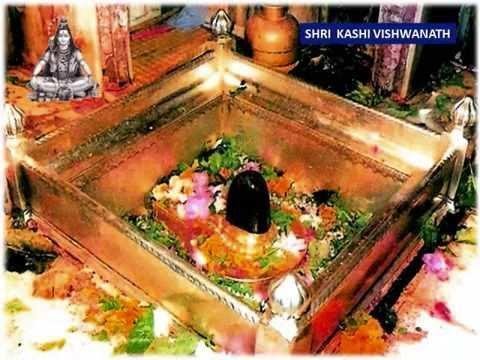
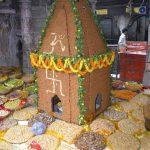
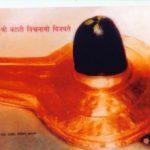
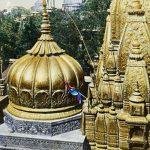
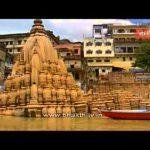
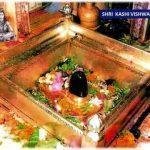
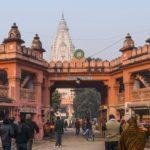
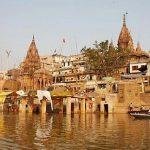
![kashi-vishwanath-temple[1], Vishweshwar Vishwanath Temple, Varanasi](https://www.bharattemples.com/wp-content/uploads/bt/2018/06/kashi-vishwanath-temple1-150x150.jpg)
